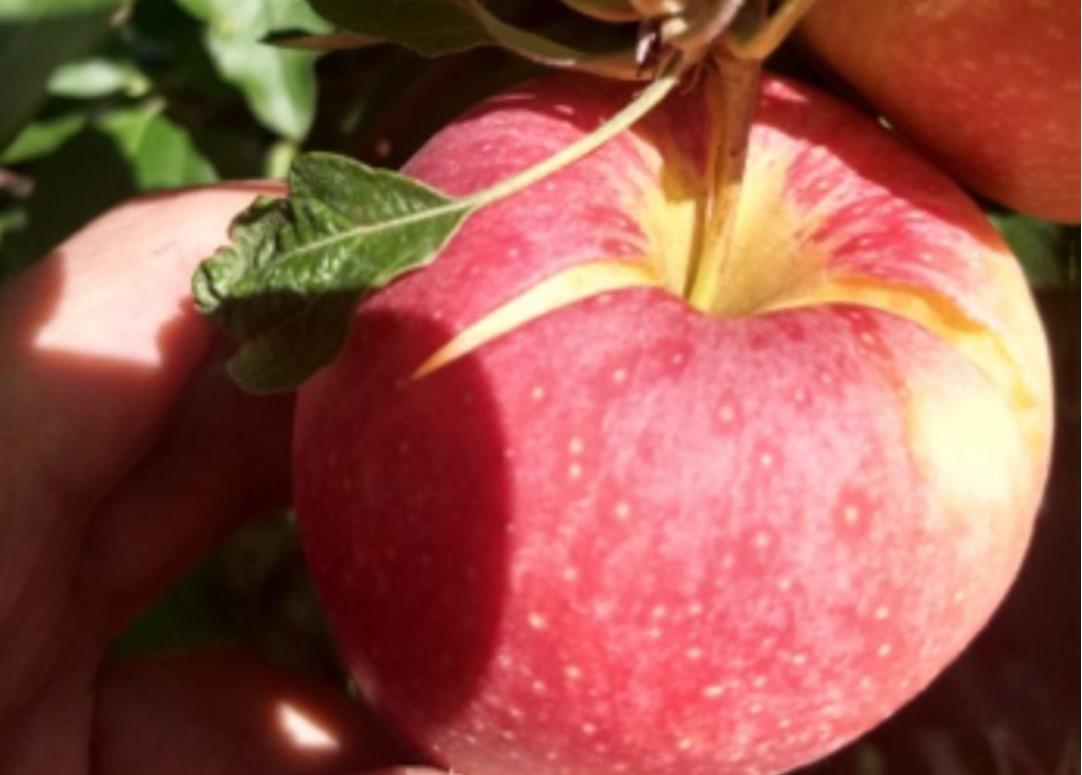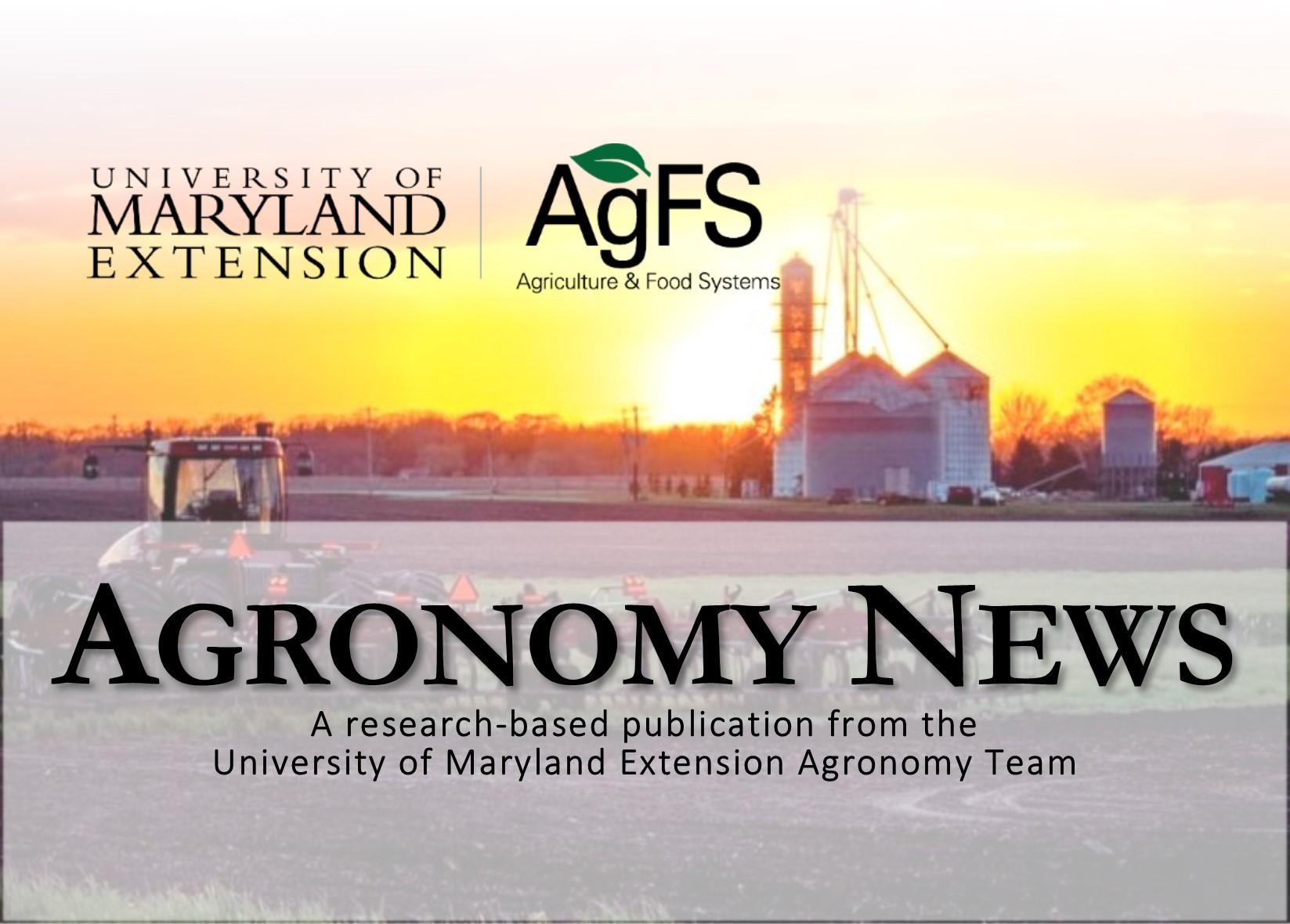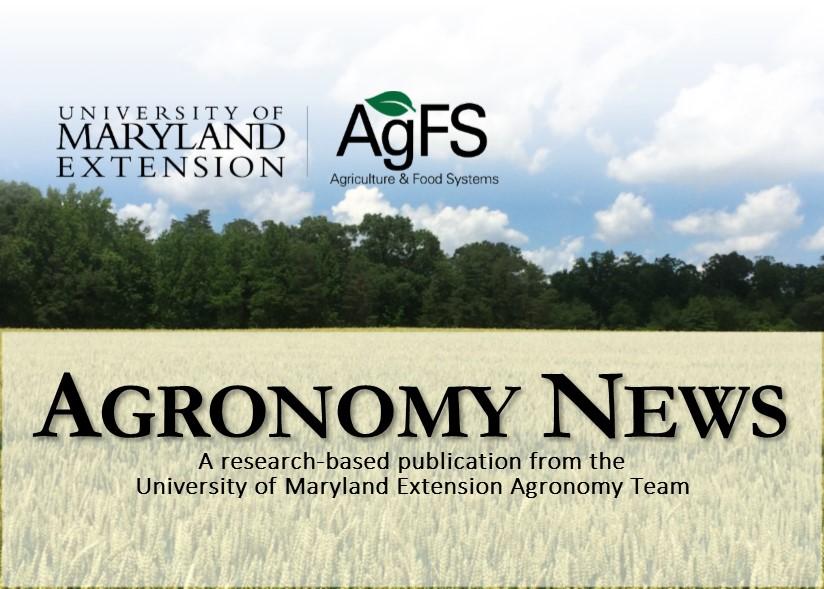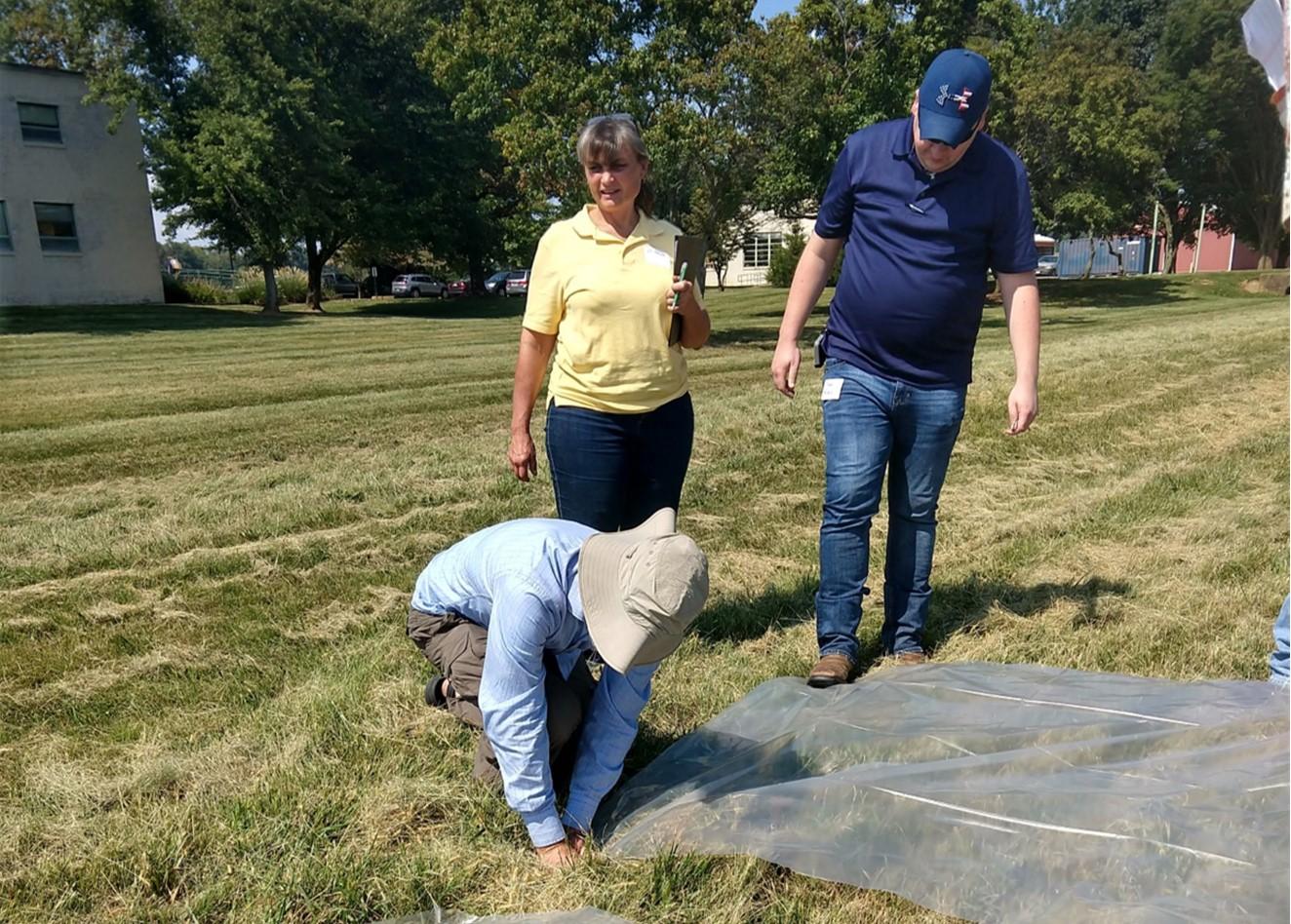Updated: June 24, 2022
Precision Soil Sampling Helps Farmers Target Nutrient Application (FS-1046)
Precision agriculture allows modern producers to manage within fields rather than managing the whole field.¹‚² By integrating global positioning systems (GPS), variable rate (VR) application equipment, and geographic information systems (GIS), farmers are allowed increased efficiency. However, prior to using VR equipment, accurate maps of yield-limiting factors must be created.³,⁴,⁵5 Nutrients in any field vary due to topography, soil properties and past management (manure application patterns, crop history, etc.). To account for this variability, farmers will need more than one soil sample in each field (Figure 1a). A more intensive sampling scheme must be performed, through either grid or zone sampling. Looking to the future, on-the-go sensors, whether attached to tractors or unmanned aerial vehicles, may also increase accuracy and decrease the cost of soil sampling. Authors: Jarrod O. Miller and Craig W. Yohn; Title: Precision Soil Sampling Helps Farmers Target Nutrient Application (FS-1046)
Updated: May 11, 2022
Soil Sampling for Optimizing Agricultural Production in Maryland (FS-1184)
Soil samples provide information about the soil fertility status of a field, which is used to generate nutrient and lime recommendations and develop a farm's nutrient management plan. This factsheet outlines proper soil sampling techniques (how, when, why) to optimize crop production, minimize environmental degradation, and maximize farm profitability. Authors: Brian Kalmbach and Dr. Gurpal Toor; Title: Soil Sampling for Optimizing Agricultural Production in Maryland (FS-1184)
Updated: December 10, 2021
Soil pH Affects Nutrient Availability
Soils are composed of mineral and organic matter. Weathered rocks provide soil minerals, while organic matter forms from decayed animal and plant residues. An important component of healthy soil, organic matter helps maintain and improve soil’s physical condition. Some of these benefits include increased nutrient and water holding as well as stabilizing structure, which helps soil drainage.
Organic matter is in a constant state of transition, continually breaking down and releasing finer, more decomposed particles. This breakdown is caused by scavengers in the soil (insects, earthworms, bacteria and fungi) as they feed on organic matter. These scavengers also become part of the soil organic matter when they die. As long as there are fresh sources of tissue in the soil, the cycle can continue and organic matter levels will stay constant. However, if fresh material is not added to the soil, organic matter will slowly be lost.





